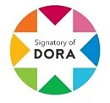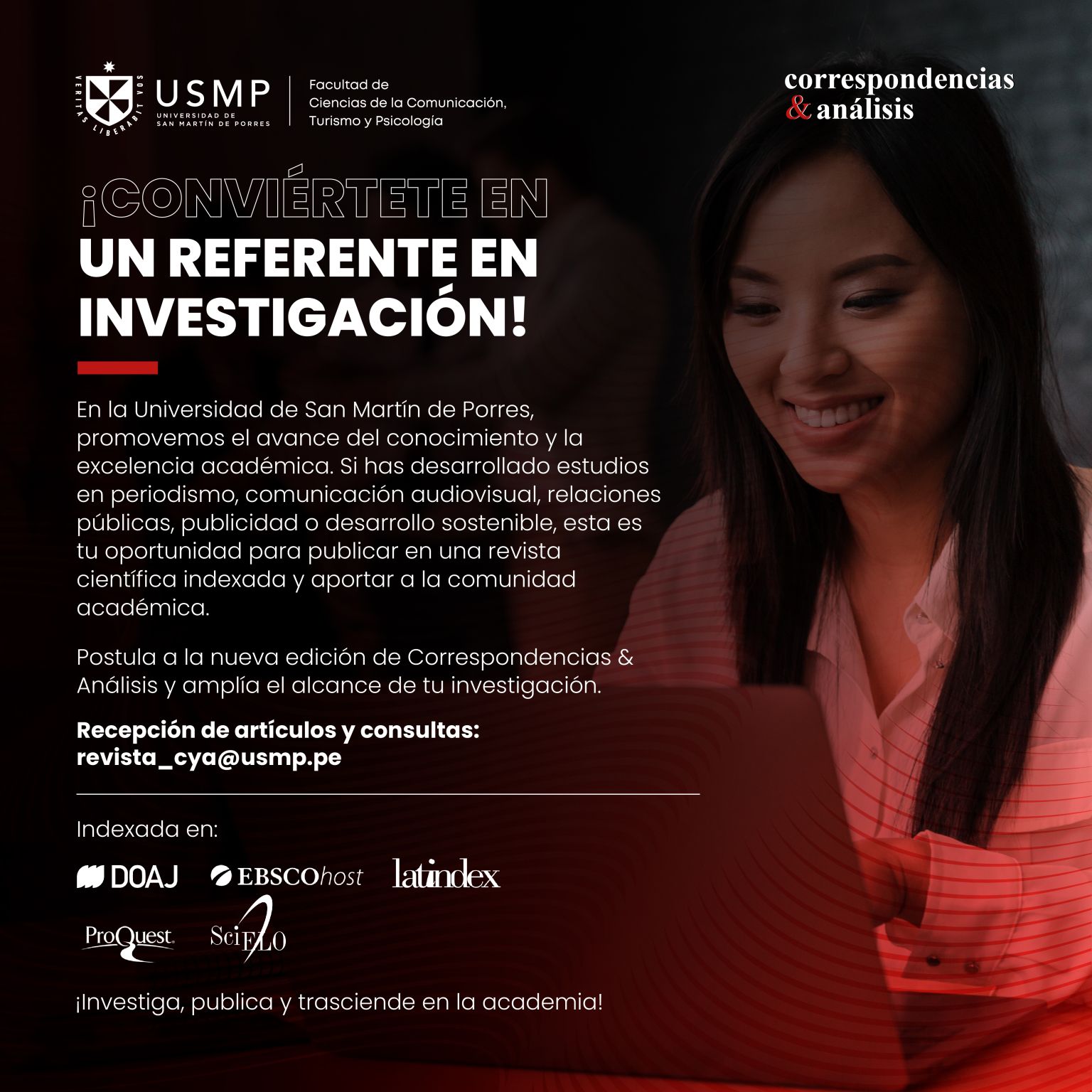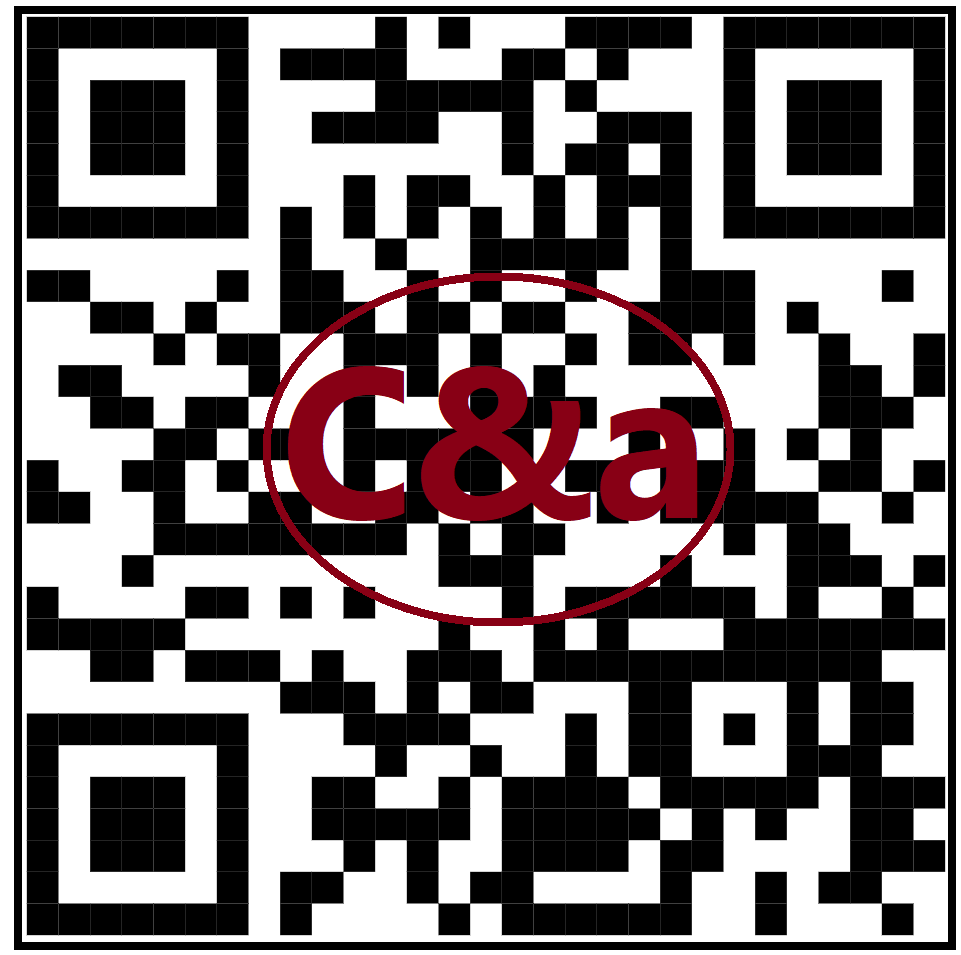Construction of Public Opinion in Web 2.0
DOI:
https://doi.org/10.24265/cian.2012.n2.01Keywords:
Public Opinion, Digital Journalism, Web 2.0, Journalism, Online ActivismAbstract
Web 2.0 has become an important space for citizens to get together and spread their complaints on matters of public interest. In Peru, we can see this in citizen campaigns that are organized on the Internet. In 2007, the most important campaign was “Adopt a congressman”, that demanded Peruvian legislators to show their operating expenses. Another known case is “D’onofrio, far from you”, a protest against the ice-cream factory D’onofrio that took place on Facebook, Twitter and blogs. The protest was motivated by a promotion that said the factory was going to sell all of its ice creams for one sol for a
couple of days. However, people had trouble finding ice cream men those days, and most of them just sold only the products that usually cost one sol.
Metrics
Downloads
References
Adopta un congresista’ puede ser un modelo de participación civil” (2008, Septiembre 24). Perú.21. Extraída el 27/IX/2012 desde http://peru21.pe/noticia/217070/adopta-congresista-puede-modelo-participacion-civil
Adopta un congresista’ hace eco en la blogósfera” (2008, Septiembre 25). El Comercio. Extraída el 27/IX/2012 desde http://elcomercio.pe/ediciononline/html/2008-09-25/adopta-congresista-hace-eco-blogosfera.html
Arroyo, L. (2011, Junio 24). Entrevista personal.
Blumer, H. (1946). “Collective Behavior”, pp. 192 y ss. En Lee, A. M. New Outlines of the Principles of Sociology. Nueva York: Barnes and Noble.
Burneo, L. (2011, Junio 24). Entrevista personal.
Casciari, H. (2008). “Una charla sobre la muerte de los blogs”. Conferencia presentada en Evento Blog 2008. Sevilla. Extraída el 27/IX/2012 desde http://orsai.es/2008/11/una_charla_sobre_la_muerte_de_los_blogs.php
Chauca, L. (2012). Construcción de redes de opinión en la web 2.0: “Adopta un congresista” y “D’onofrio, lejos de ti” [Tesis de licenciatura]. Lima: Facultad de Ciencias y Artes de la Comunicación. Pontificia Universidad Católica del Perú. Extraída el 27/IX/2012 desde http://tesis.pucp.edu.pe/repositorio/handle/123456789/1371
Fernández, J. (2008). “Los blogs como fuente de información para el Periodismo Especializado”, pp. 425-432. En Flores, J. Blogalaxia y periodismo en la red. Madrid: Fragua.
Flores, D. (2011, Junio 30). Entrevista personal.
Herring, S. (2004). “Computer-Mediated Discourse Analysis: An Approach to Researching Online Behavior”. Extraída el 27/IX/2009 desde http://ella.slis.indiana.edu/~herring/cmda.html
Kamla Bhatt Show (2007). “Tim O’Reilly on what is Web 2.0?”. Extraída el 30/VI/2009 desde http://www.youtube.com/watch?v=CQibri7gpLM
Lozano, J. (2007). Teoría e investigación de la comunicación de masas. México D. F.: Pearson Educación.
Mancini, P. (2009). “El futuro del periodismo y de los medios”. Mesa redonda de cierre del Seminario Profesional Escenarios, Herramientas y técnicas de comunicación en la red de la Universidad de Piura. Lima.
Mouriño, C. y Yuste, B. (2007). “Un acercamiento a la sociología del emisor en la web 2.0”, pp. 527-532. En Flores, J. Blogalaxia y periodismo en la red. Madrid: Fragua.
Orihuela, J. (2009a). “El futuro del periodismo y de los medios”. Mesa redonda de cierre del Seminario Profesional Escenarios, Herramientas y técnicas de comunicación en la red de la Universidad de Piura. Lima.
Orihuela, J. (2009b). “¿Qué es la Web 2.0?”. Ponencia presentada en Conferencia de Escenario y Cultura de la web social + 10 pistas para medios que quieren cambiar. Quito. Extraída el 28/VI/2009 desde http://www.youtube.com/watch?v=FigkC2IEbHc
Palacios, R. (2008, Septiembre 6). “Tenemos derecho a saberlo”. Perú.21, p. 4.
Pardo Kuklinski, H. (2007). “Un esbozo de ideas críticas sobre la Web 2.0”, pp. 89-97. En Cobo Romaní, C. y Pardo Kuklinski, H. Blogalaxia y periodismo en la red. Madrid: Fragua.
Pisani, F. (2006). “Cuando los ciudadanos califican a los periodistas, a los políticos, a los médicos…”. Extraída el 27/VI/2009 desde http://www.francispisani.net/2006/12/cuando_los_ciud.html
Price, V. (1994). Opinión Pública. Buenos Aires: Paidós.
Ruiz, P. (2011, Julio 4). Entrevista personal.
Sartori, G. (2003). ¿Qué es la democracia? Buenos Aires: Taurus.
Sifuentes, M. (2011, Junio 27). Entrevista personal.
Young, K. (1967). La opinión pública y la propaganda. Buenos Aires: Paidós.
Published
Issue
Section
Categories
License
Copyright (c) 2012 Lorena Chauca Amado

This work is licensed under a Creative Commons Attribution 4.0 International License.
In case the manuscript is approved, the authors retain the copyright and assign to the journal the right to publish, edit, reproduce, distribute, display and communicate in the country of origin and abroad by means of print and electronic media in different databases.
In order for this procedure to be recorded, the author must fill out the following formats:
Format 1 - Author data Format.
Format 2 - Affidavit on originality and authorization for the publication of articles Format.
Format 3 - Open Science Compliance.







2.png)













